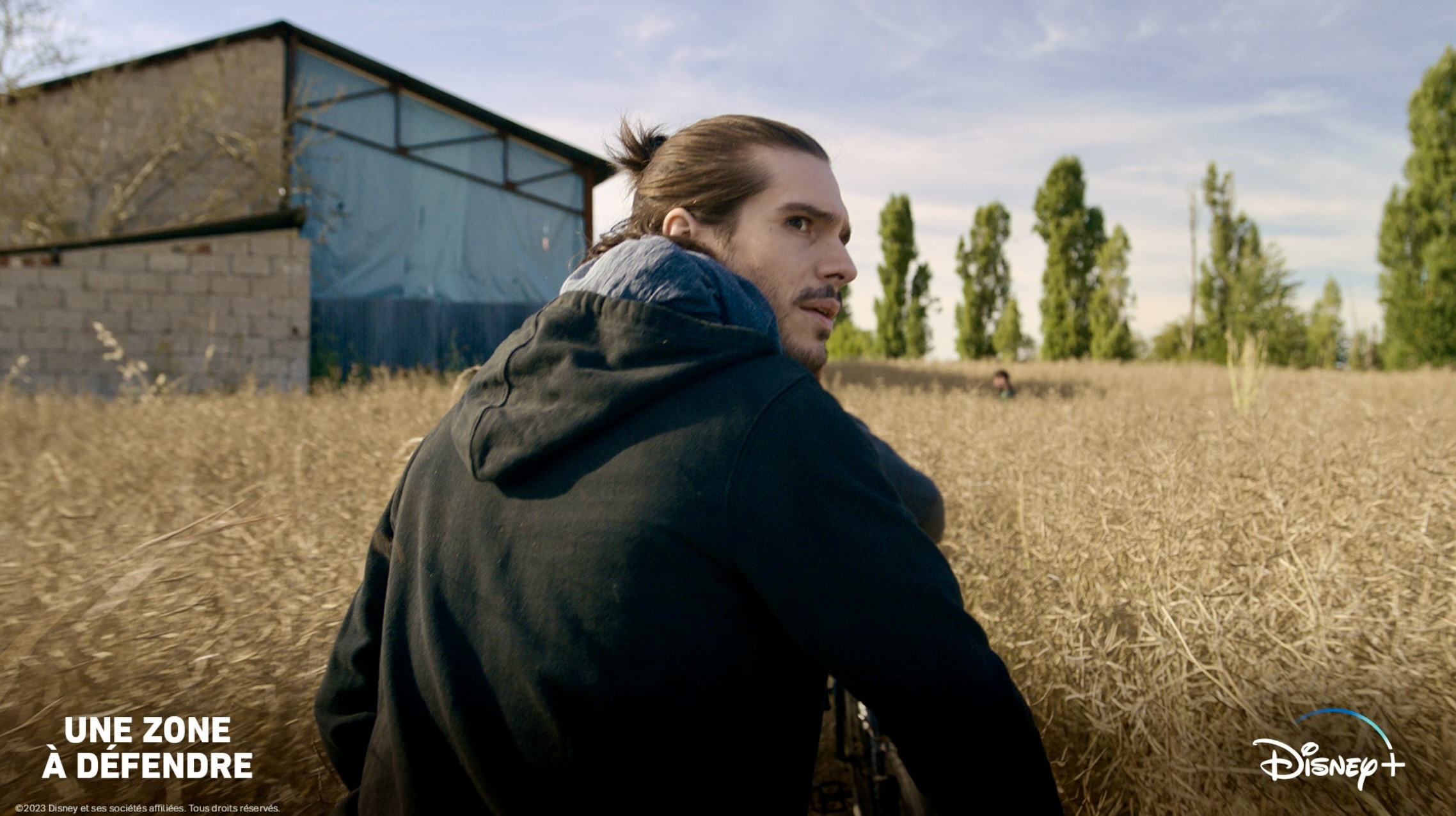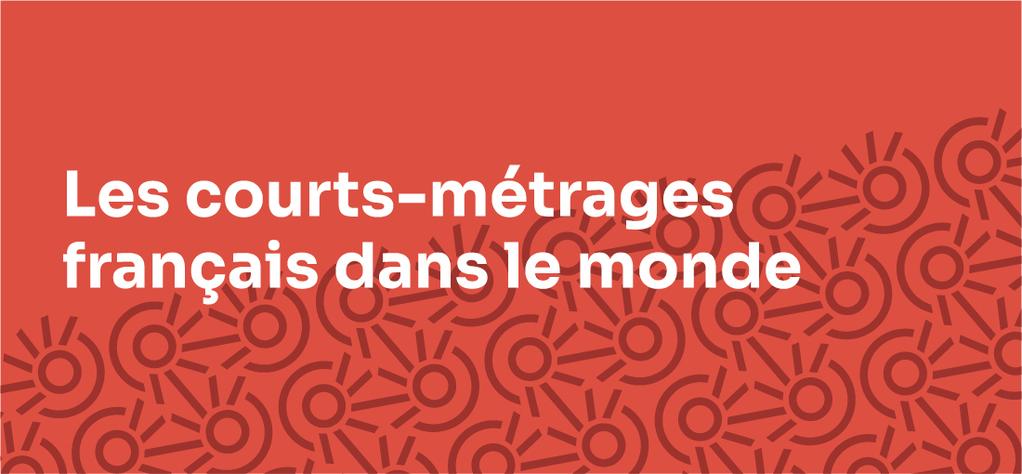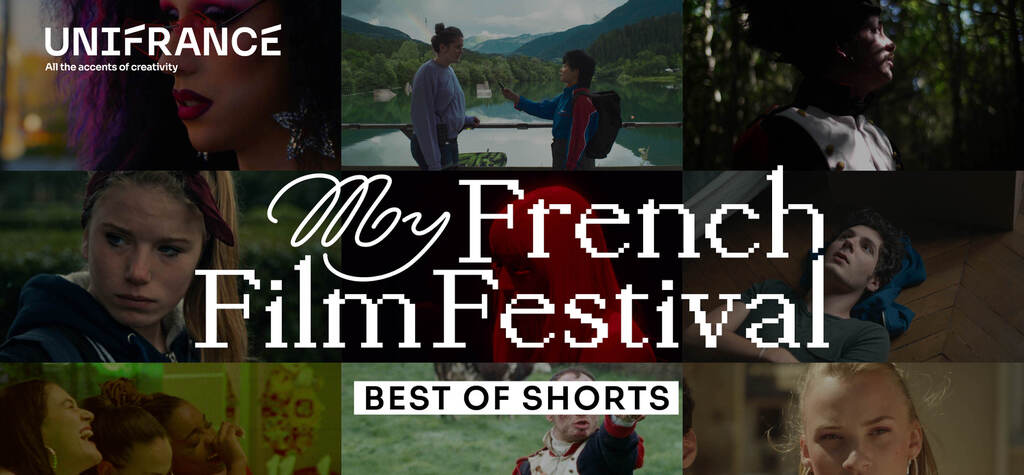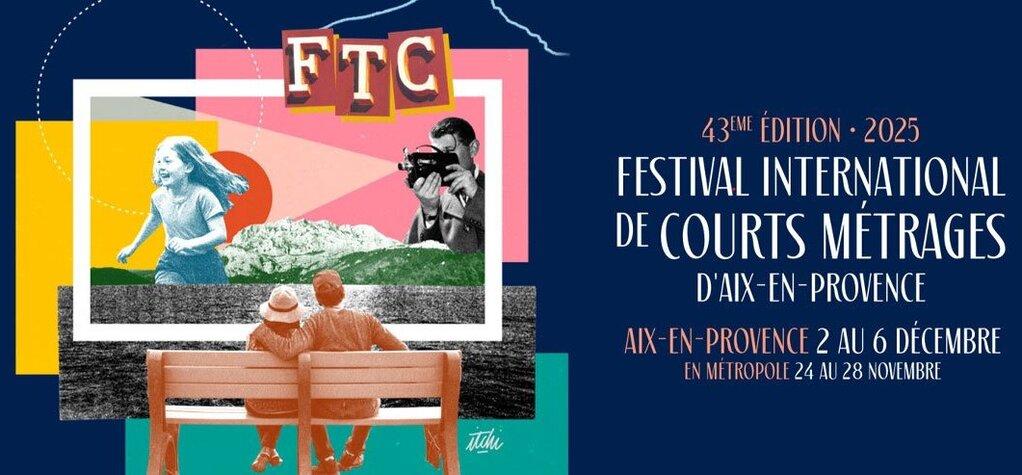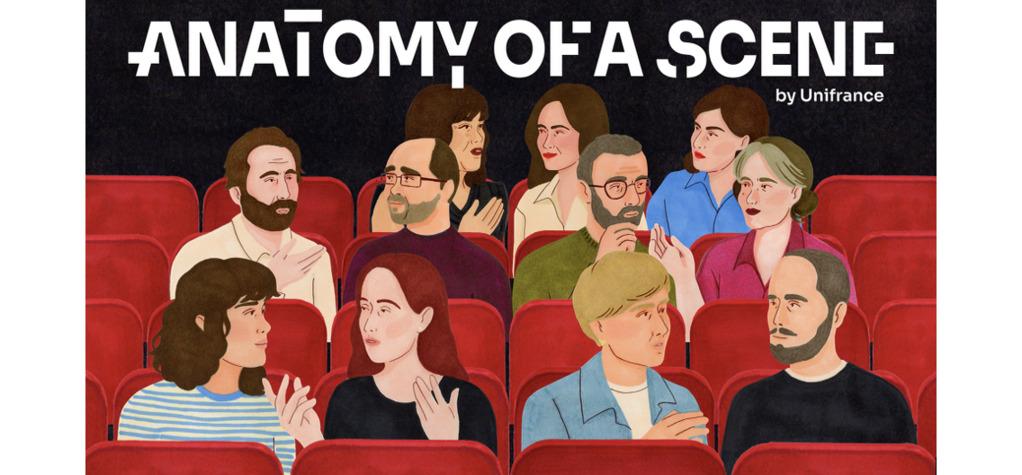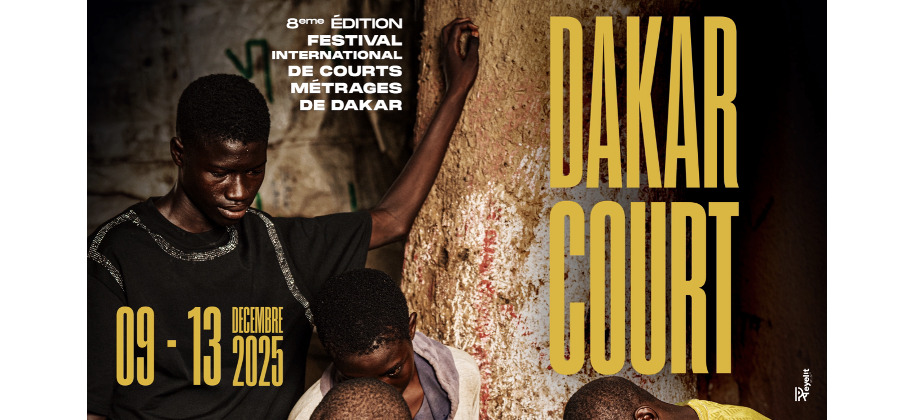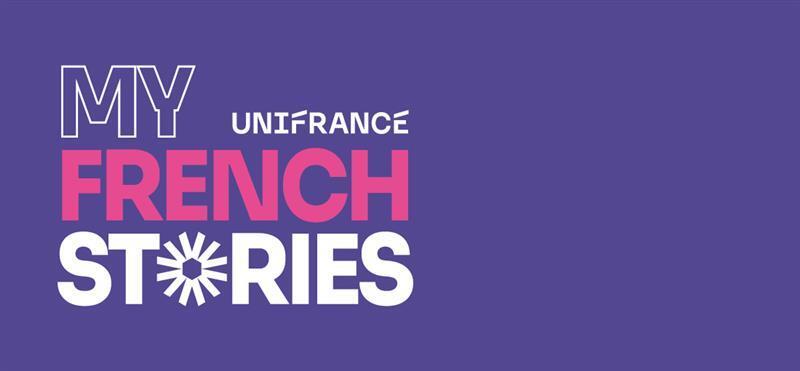Presented to Spanish audiences and professionals in Madrid in June as part of the second edition of Francia está en pantalla, A Place to Fight For, directed by Romain Cogitore, is the first original French Disney+ film. Available on the platform worldwide from 7 July, Une zone à défendre tells the story of the impossible love between an undercover policeman and a Zadist (environmental militant occupying a ZAD).
Nicolas Dumont, the film's producer at Chi-Fou-Mi Productions, tells us how the project was initiated, about working with Disney+, and the film's particular qualities that will appeal to international audiences.
Unifrance: How did you decide to produce this film?
Nicolas Dumont : What guides us at Chi-Fou-Mi Productions, is the idea of entertaining while making people think, and vice versa. When Romain Cogitore came to talk to us about this project, there was an arena that appealed to us enormously, that of the ZAD ["zone à défendre" - a French neologism for zones that need protecting from future development projects], which had never been used in fiction before. At the time of this meeting, the ZAD already existed in the collective unconscious with the Notre-Dame-des-Landes airport project and the activism contesting it. Now, as we start streaming, the subject is even more topical with the Sainte-Soline massive water bassins project and the occupation by Zadists of this zone. Romain was wondering how to tell a story of impossible love today, and that's where he got the idea for this highly original arena, this meeting between an undercover cop and a Zadist. He had read several testimonies, in particular that of an undercover English policeman who had lived under a false identity for several years while he had met a young woman and built a family life. That was the starting point for the film, but with the idea of approaching the genre by making an insider film, with a thriller dimension, while telling something about our society: commitment, ecology, and the history of the collective, both through the ZAD and through the family.
What was the writing process like, and how did Romain Cogitore manage to faithfully recreate the world of the ZAD, which has restricted access?
ND: Romain's real strength is his sense of romance, but on a very well researched basis. Romain is a very committed person, not only in the values he defends but also in the way he approaches his subjects. To describe the world of the ZAD as accurately as possible, he himself spent a lot of time on a ZAD, at Notre-Dame-des-Landes, to build his characters and design the film's sets. The sets are inspired by the photographic material he brought back from the various ZADs he visited. It was important not to overdo caricature, or stray too far from the reality he had experienced. This documentary work was the foundation, and then we had to bring in the romance, with this love story and its melodramatic dimension.
The film hinges on the antagonism between its two main characters, who fall in love despite everything being against them...
ND: In today's world, the further along we get, the rarer it is to find inextricable love situations, as the barriers to a love story become fewer and fewer. The idea of showing a cop stealing an identity, and of bringing together two characters who are ideologically opposed to each other helps to create this situation. On the one hand, we have Greg, played by François Civil, an undercover cop entirely devoted to his job, who believes in respect for order in a very republican dimension, and on the other an environmentalist activist, played by Lyna Khoudri, who believes that democracy is embodied in the public good, and that the environment and the protection of forests belong to the people. What's more, their meeting is based on a lie. This situation provides all the ingredients for a love story at its most dramatic.
It's both a love story and a militant thriller. How does the film position itself at the crossroads of these genres?
ND: These days, film and audiovisual proposals have to be very clear. We must pay tribute to Disney+, who supported us in this project, which stems from a form of hybridity. If we have to describe the film today, it's a melodrama that starts out as an insider film, with the ZAD as a backdrop, and therefore the question of ecological and political commitment also arise.
How did the film's artistic team come together?
ND: As far as the visuals were concerned, we wanted to give the project a real cinematographic dimension. We called on Julien Hirsch, a renowned cinematographer who won a César for Lady Chatterley. Romain loved the way Julien had treated the photography in Fabien Gorgeart's The Family. It inspired him to follow his characters as closely as possible, especially in the first act of the film: we're always behind Greg's back, breathing down his neck. Pascale Consigny did a fantastic job on the set for Léa Fehner's Ogres, a film that also inspired Romain. At every stage, we wanted to put together a team that was highly experienced and committed to the values that the project conveyed. That was very important to us.
François Civil joined the cast very early on. He had acted in Romain's first film and was attached to the project from the start, despite the very long development time. Even though he doesn't talk about it much in the media, he's someone with a real ecological conscience. Lyna then joined us. Her presence was also another of Romain's first wishes, because the couple exude a genuine modernity on screen.
Mathieu Lamboley had already worked with Romain on the music. For the sake of authenticity, Mathieu wanted to work with two instruments. On the one hand, the batucada, a gambe, a somewhat forgotten instrument. The idea was to bring two worlds face to face. The result is some pretty brilliant music, and the soundtrack will be used in conjunction with the film's release.

How did the filming and reconstruction of the world of the ZAD go?
ND: The film shoot went remarkably well. We could have been worried about the large number of extras, nearly two-thirds of whom were real Zadists. We had nearly 200 extras on the set. But it was a real pleasure, they were attentive and the authenticity of the situation meant we didn't really need to direct the extras. It's a real blessing for the film and you can see it in the images. It was of course impossible to shoot on a ZAD for reasons of restricted access, but also from an ecological point of view. We tried to shoot in a way that preserved as much as possible the natural environment in which we were operating, by recreating an entire ZAD. Once again, I'd like to highlight the fantastic work done by Pascale Consigny and the head set builder Gérard David, based on the photographic material provided by Romain.
What made you decide to work with Disney+?
ND: When we met Disney+, they were already working on series in France. They had just announced Oussekine, but their commitment was limited to series. So we talked to them about our various series projects, but not specifically about Une zone à défendre. Disney+'s language was what we'd expect from a film company, and Romain was very receptive to that. At the same time, they were starting the comm's campaign for Oussekine. It's quite brave to launch into series with a project like Oussekine. In the same way, I think it's very commendable and virtuous to embark on stand-alone films with Une zone à défendre. It shows courage in relation to a fairly original subject and it sets Disney+ apart from the investments made by other platforms in one-off productions.
There was also the idea of a popular entertainment. From the outset, apart from our attachment to the project and the cast, and our desire to work with Chi-Fou-Mi and Romain, we felt that there was a real respect for the text and the author, and a recognition of the producer's work. We knew we weren't going to distort the original proposal. From the reading of the script to the end of the editing, there was a real mutual respect and we were able to benefit from total editorial freedom.
For Disney+, melodrama and insider films are also codes, fairly universal forms of storytelling that can speak to both French and international audiences. The ZAD is a very French concept, but the question was how to make it intelligible to a foreign audience. François and Lyna are very popular in France, but are beginning to be known internationally: Lyna through Wes Anderson and François through The Three Musketeers - D'Artagnan and The Stronghold, which was sold to Netflix for worldwide rights outside France and did very well. In Disney+'s commitment, there was the desire to create a strong project for the French territory but also convey a story whose codes are universal and can transcend borders.
Did you take a different approach when producing for Disney+?
ND: None whatsoever. When we met them, we had drawn up a budget that reflected the actual cost of making the film. There were no discussions about this budget. The composition of the technical team, the casting, and the way the film was shot were exactly the same as for a cinema release. There were no adaptations. Both editorially and financially, we were lucky to have the means and the freedom to make the film we wanted, and I think that shows in the images.
With a story based on universal codes and a cast of young actors with growing reputations, the film has many aspects that could generate international appeal...
ND: The film's quality storytelling and casting, its distinctive visual treatment, beautiful scenery, and original music all combine to create an artistic coherence that is both truthful and immersive. The film also rests on a tension that bolsters the whole story, on the revelation of the true identity of this undercover agent and the collateral damage it will cause. When he returns, he discovers he has a child. This discovery of paternity, and of taking responsibility for his child, is a theme that could not be more universal, that viewers the world over can understand, and that can move us.
What was the initial response from the public, especially after Francia está en pantalla in Madrid and Cabourg?
ND: When you're familiar with the screenplay, it's easy to forget the effect that plot twists can have. What was most enjoyable about the screenings we attended was the surprise effect on the audience, both when Greg's paternity and his true identity are revealed. Feedback was extremely positive with regard to the originality of the subject and the immersive discovery of this unfamiliar ZAD arena. It's great to see the film's emotional potential. The French public and the few foreign viewers, in this case Spanish, who saw the film had the same reactions. It's reassuring to see how the film will be perceived by French and international audiences alike.
Do you plan to use other festivals to promote the film?
ND: We'd love to be able to continue doing other festivals, through Disney local or Unifrance! It's important to show that there's a real commitment on the part of platforms, in this case Disney+, to ambitious projects that are less calibrated than one might imagine, with real respect for the creators and producers behind the projects. We work with Disney+, but Disney is still a real movie company, celebrating its 100th anniversary this year. What's more, we're always keen to go and meet foreign audiences with a film. I'd love to use festivals to give films a new lease of life in different countries. It would be an opportunity that we, like Disney+, would very much like to take advantage of.






